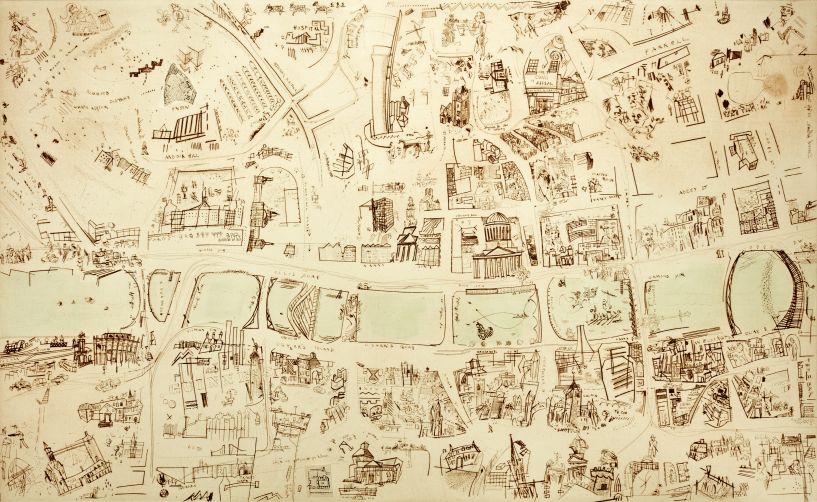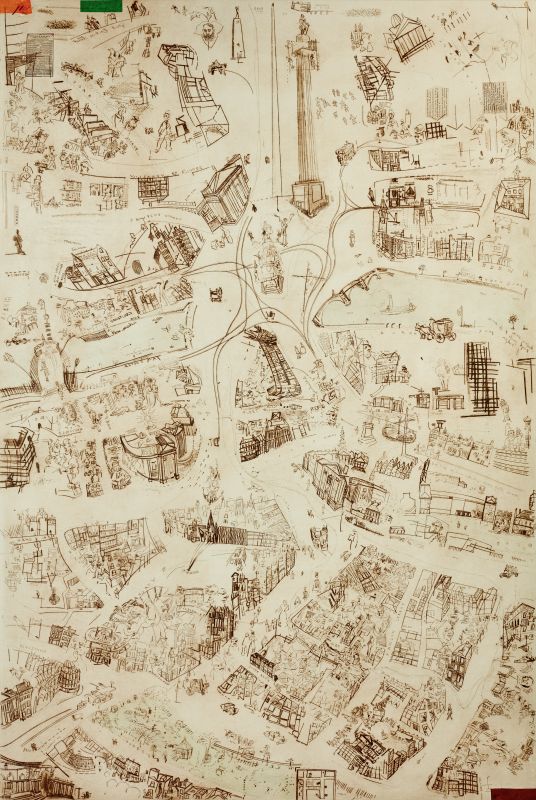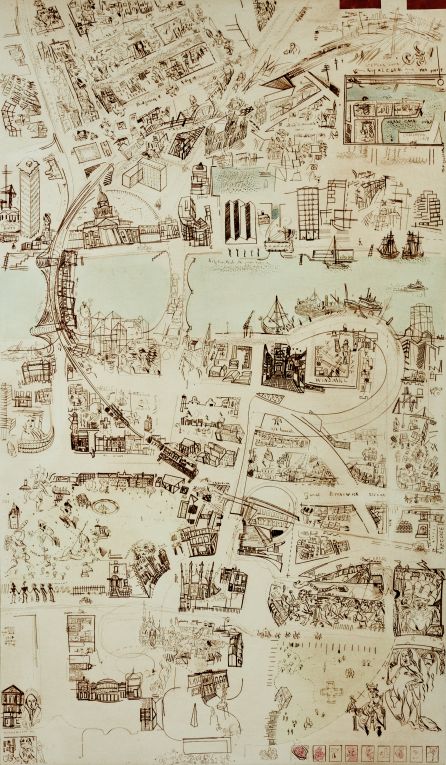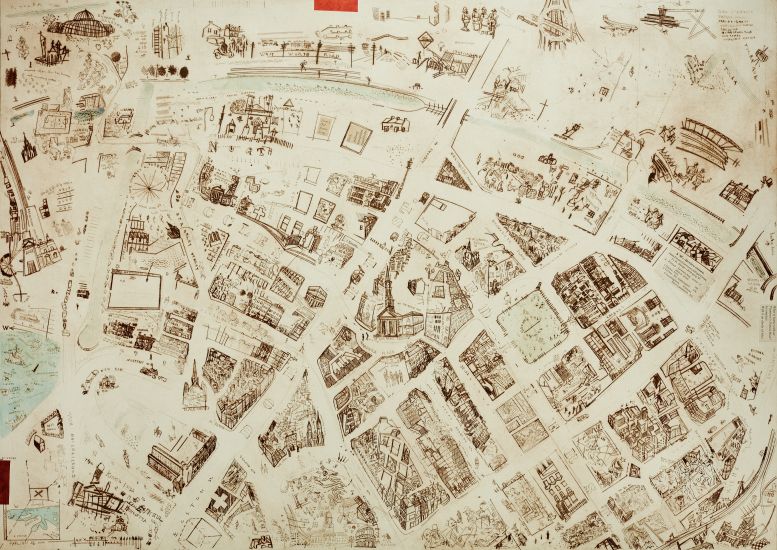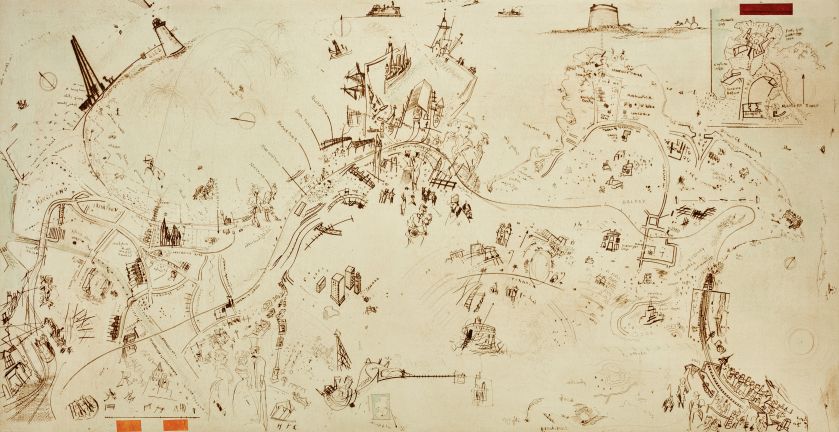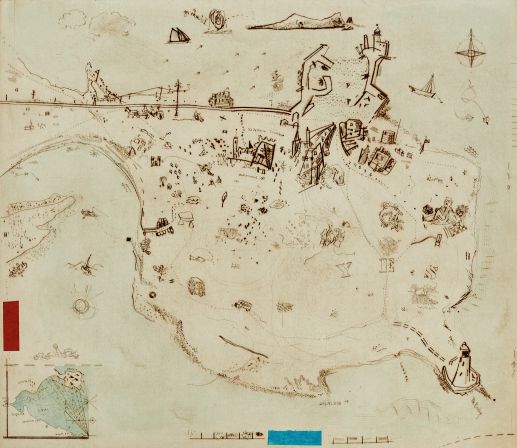In Medias Res, THE ULYSSES MAPS, A DUBLIN ODYSSEY a Suite of seven maps
Phoenix Park The Quays O'Connell St. Loop Bridge Eccles Street Coastline Howth
Special Limited Edition
Reviews
"Lilburn's prints are a springboard for the literary imagination - the visual representations parallel the epic work's intellectual allure, and potential for immersion. This conceptual, creative, and truly original work is successful because its maker is both a Joyce enthusiast and a skilled artist and combines an effective knowledge of drawing, printmaking, Irish history, architecture, modernity, and Joyce to enable the audience to become visually orientated in Bloom and Stephen's Dublin. In Medias Res is a valuable visual supplement to any serious Joyce collection."
Steph Hurst, James Joyce Literary Supplement University of Miami, Miami, Florida, USA
"Magnificent artwork by David Lilburn"
Fritz Senn, Zurich James Joyce Foundation Zurich, Switzerland.
"David Lilburn’s Bloomsday prints are among the best visual representations of Joyce’s work that I have seen - and there are many."
William S. Brockman, Collection Development Coordinator for University Park Paterno Family Librarian for Literature Pennsylvania State University, USA
"In Medias Res is nothing less than the heroic attempt to make a drawing of an entire book..."
Jim Savage, Artist and Curator Aghabullogue, Co. Cork, Ireland
"The drypoints, even in reproduction, capture the spontaneity, immediacy and freshness of the artist’s response to tracing Bloom’s travels around the city. His “system” of scratches and dots and multiple perspectives convey the excitement and pleasure of discovery, while they record the topography of Dublin and places and events associated with the text. Stoney Road Press should be congratulated as well for the beautiful printing of the delicate drypoint burr and the expressive marks and “accidents” that evoke the artist’s hand and the urgency of his mapmaking.
It was a great pleasure to get acquainted with this memorable work."
Roberta Waddell, Curator of Prints The New York Public Library, USA

Scale
The seven maps of In Medias Res when displayed according to the geography they depict, link together to make up a largescale map of Dublin city and its environs, teeming with detail and incident and spanning about 7 metres – making this a work
of considerable scale.
However, the artist composed each individual print so that it would also function as a completely self contained, independent
image in its own right - making this major work of contemporary art particularly adaptable to the conditions it might be shown
in: where a large space is available all seven images can be displayed together, where the space is smaller they can be shown singly or in combinations, or they can be displayed in sequence, as a continuously changing exhibition.

